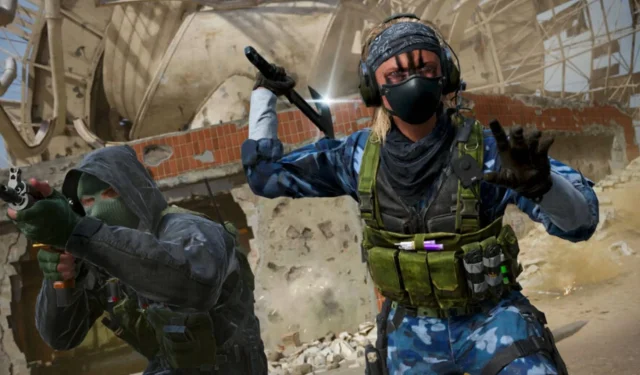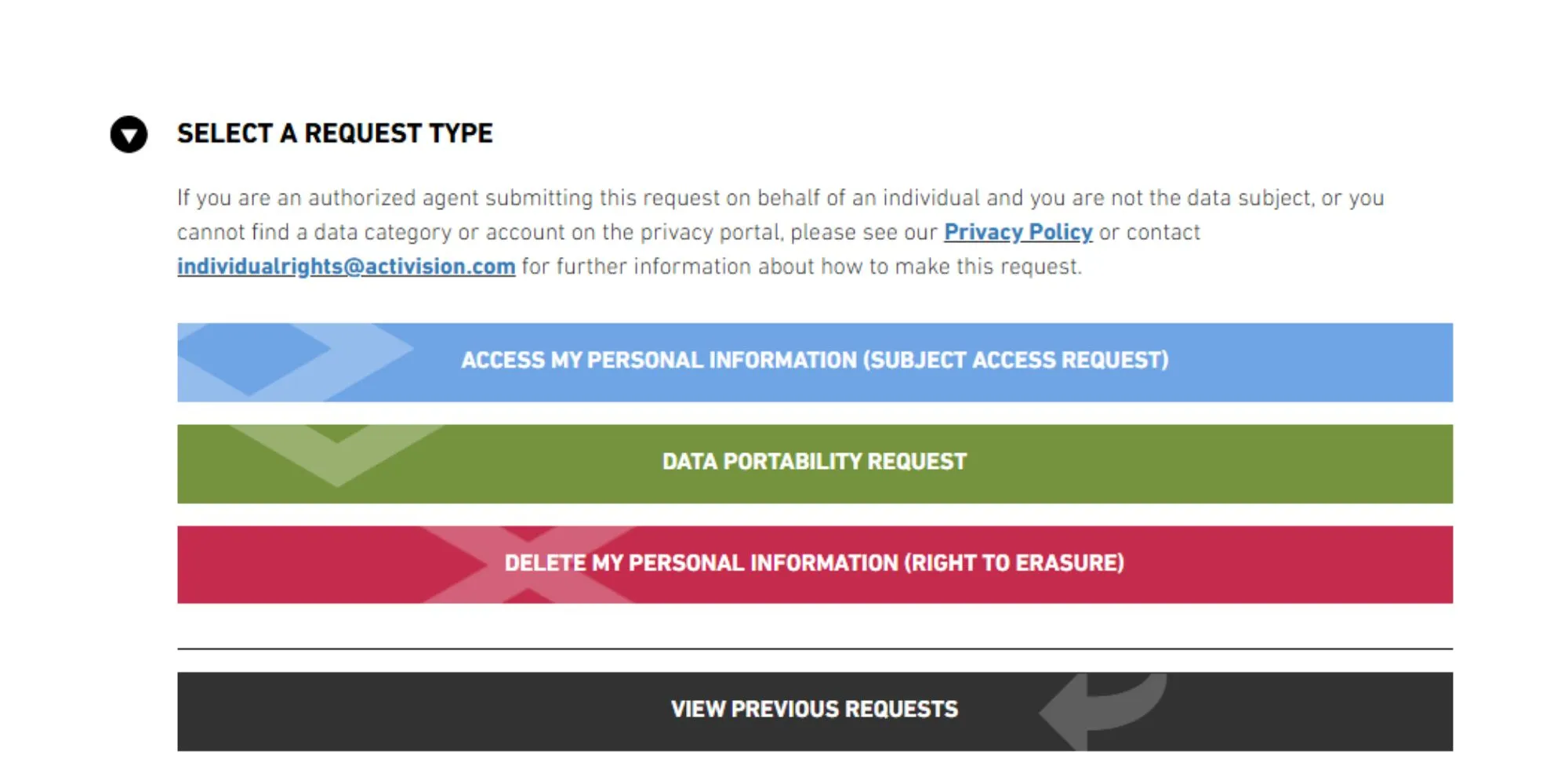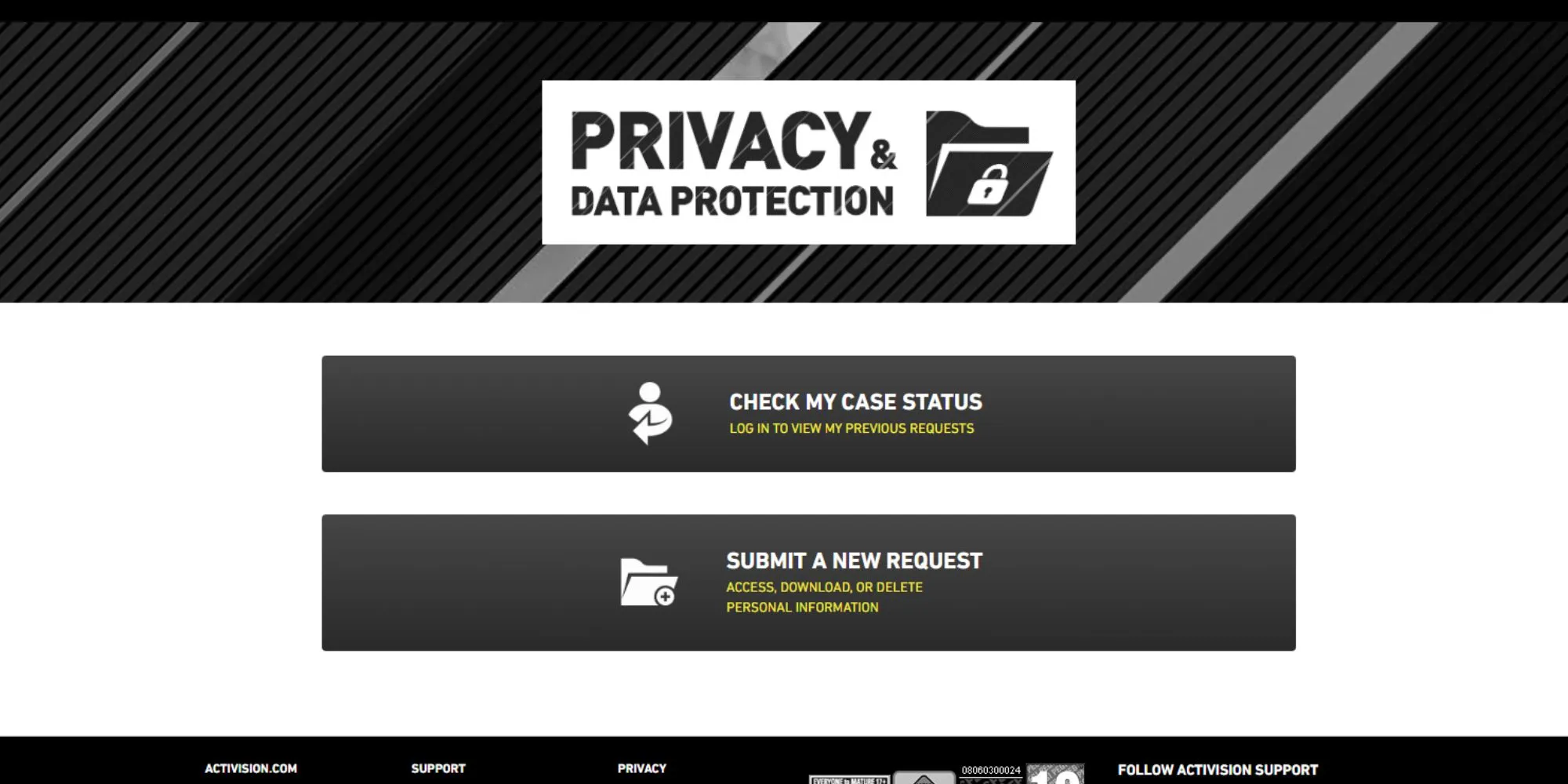
Call of Duty: Black Ops 6 employs a sophisticated system of hidden data to assign players to appropriate game lobbies. This approach utilizes skill-based matchmaking (SBMM), a feature that evaluates various aspects of a player’s performance. The SBMM rating, which is unique to each player, is utilized to create matchups that maintain a level of competitive balance. While matchmaking based purely on random factors could lead to imbalanced games, SBMM aims to foster a fairer experience.
For many players, understanding their SBMM rating is a key area of interest, sparking curiosity about how they measure up against others. Unfortunately, unlike visible stats such as win rates or K/D ratios, SBMM ratings are not displayed within the game. Despite this limitation, there are methods available for players to uncover their ratings, though this involves several steps and some patience. For dedicated Call of Duty fans, the prospect of gaining insight into their matchmaking criteria may make these efforts worthwhile.
Accessing Your Hidden SBMM Ratings in Call of Duty
Steps to Request Your SBMM Rating from Activision



This method of determining SBMM ratings was first highlighted by YouTuber TheXclusiveAce in the video titled “How to See Your Hidden Skill Rating in Call of Duty!”To begin, navigate to Activision’s support site and head to the Privacy & Data Protection section. From there, click on ‘Submit a New Request’, where you will need to agree to a privacy statement and enter your location data.
Following this, select the type of request you wish to submit. For your SBMM rating, choose the first option: “Access My Personal Information (Subject Access Request)”. Once you log in with the accounts associated with Call of Duty and submit the request, there may be a processing wait time of a few days. Note that as more players discover this process, delays could increase, and the findings will be communicated via email.
Understanding SBMM in Call of Duty
The Role of SBMM in Lobby Assignments

Your SBMM rating is crucial for determining the opponents you’ll face in multiplayer matches. This rating is represented numerically; for instance, TheXclusiveAce’s scores generally fluctuated between 300 and 400. Although the top end of this scale remains unclear, it’s evident that a higher performance corresponds with a higher rating. Significantly, various factors contribute to this evaluation, extending beyond just K/D ratios or match scores.
The calculation incorporates a range of performance metrics, such as precision and player mobility, by analyzing data like shot accuracy and movement patterns. How exactly these factors are weighted against each other is still a subject of speculation. TheXclusiveAce illustrated that even matches with superior in-game scores could lead to downgraded skill ratings, suggesting a complex underlying algorithm.
While players may be eager to discover their SBMM, the true significance of the data may not be immediately apparent. Without aggregated data from a broader player population, it’s challenging to draw comprehensive conclusions. That said, such collective analysis could potentially alter player perspectives, leading to increased focus on specific metrics that could manipulate matchmaking outcomes for easier wins.
Additionally, it’s noteworthy that a group’s combined SBMM ratings can impact lobby difficulty. Many players may have experienced variations in match intensity when playing with friends, indicating that the game adjusts to harmonize the SBMM ratings of the mixed group. The precise mechanics of this adjustment, however, remain elusive.
Sources: TheXclusiveAce/YouTube, Activision




Leave a Reply